The 10 Good Design Principles
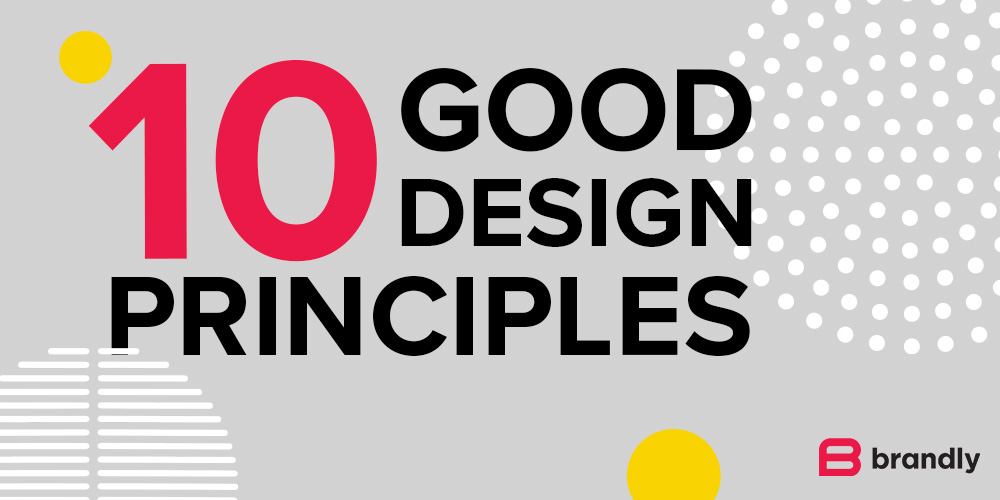
- Intro: the value of good design
- Principles of good design by Dieter Rams
- The value of good design
- Cost of bad design
- Conclusion
Intro
Extensive and rigorous research conducted by McKinsey indicates that design has the power to unlock vast business value and business performance. Whether your company focuses on physical goods, digital products, services, or some combination of these, the takeaway is that good design matters—a lot.
Increasing your business value starts with creating a brand identity, and knowing what mistakes to avoid. First impressions are so important in generating a positive perception of your brand. A good brand design attracts people to your business, but the real value comes from knowing how to design good products and user experiences that will keep your customers coming back.
How does good design increase brand value? A good design:
- Gets noticed immediately
- Creates a positive impression
- Its remembered
- Attracts interest and catches the eye
- Leads to benefits such a sales
- Distinguishes and sets the business apart
- Communicates clearly
That begs the question, what IS good design? Is it subjective, or objective? How does one determine if a design is good or bad? Luckily, there have been numerous studies done and guidelines developed to distinguish a good design from a not so good one. One of the largest and well-known contributors in this field is Dieter Rams.

Good Design Principles by Dieter Rams
Born in Germany, Dieter Rams–now one of the most famous designers in history–trained as an architect before being hired by the Braun electrical company as a product designer in the 1950s. His ideas inspired many of the designs for domestic electrical products and furniture of the mid 20th century.
“You cannot understand good design if you do not understand people; design is made for people.” — Dieter Rams
Dieter Rams developed the 10 principles of good design (aka ‘Design Principles’) as a way to guide companies and designers toward more thoughtful and responsible design. Though these principles were initially applied to product design, they also can be used to evaluate user experience design, instructional design, graphic design, and more.
His principles are that good design:
1. Is innovative
A good design is innovative in that it offers something unique and creative that constantly changes as the available technology changes.
2. Makes a product useful
A well-designed product or experience should function as intended.
3. Is aesthetic
An aesthetic design has a psychological impact on our experience with a product. It increases the overall value of that product or experience.
4. Makes a product understandable
Good design should be self-explanatory and not difficult for the user to figure out.
5. Is unobtrusive
The design of a product should serve the end user’s purpose, not distract from its functionality.
6. Is honest
A design shouldn’t mislead the consumer about what a product or service does.
7. Is long-lasting
Good design is timeless and should be able to last through changing fashions and trends.
8. Is thorough down to the last detail
A good product or experience is accurate and carefully designed to help the user.
9. Is environmentally friendly
Tangible and digital products should minimize pollution and energy use whenever possible and be eco-friendly.
10. Involves as little design as possible
A good design is simple, minimal and only includes what is essential to its use.
The value of good design
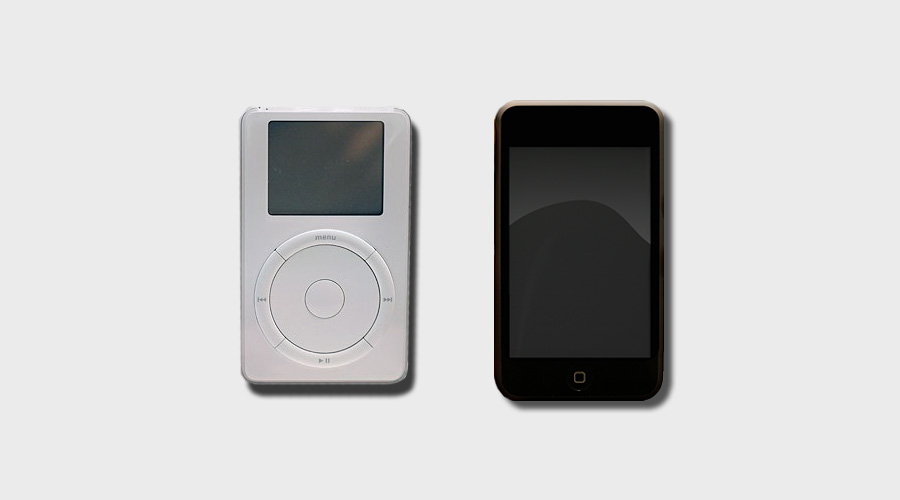
As we mentioned, a positive brand image is a key component to a successful business. So how do these design principles increase business performance? In a world where consumers have increasingly higher expectations, the 10 principles offer a great guideline for developing good products (both physical and digital), and therefore good user experiences.
“Good design is good business.” — Thomas Watson Jr.
If you have ever shopped online, or use the latest smart-device you have been through a thoughtful and carefully designed user experience. The most innovative companies are focusing more attention on creating that experience in order to distinguish themselves from their competitors.
According to a McKinsey report, there is a big correlation between good design and business growth. Through their research, they developed the MDI (McKinsey Design Index) to rate businesses on their design strength based on four key factors (see chart below). Companies that scored a higher design index score were shown to have higher revenue.
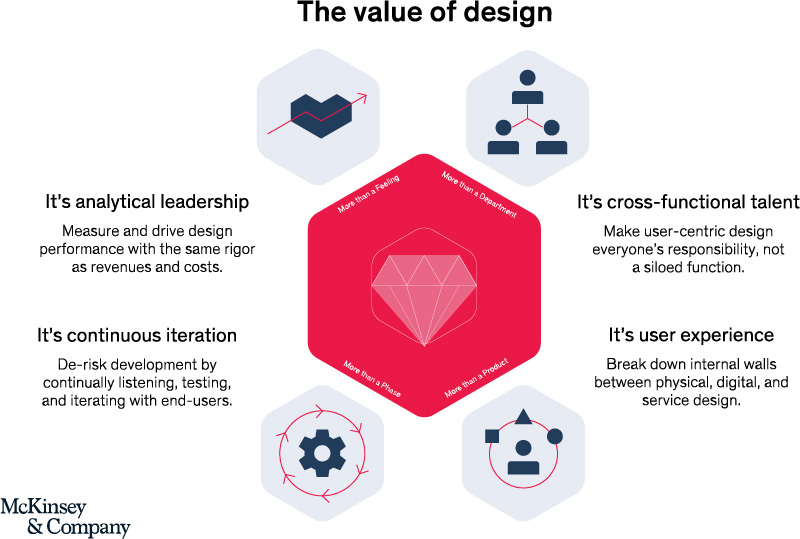
Source: McKinsey & Company October 25, 2018
The study showed that the companies with a higher MDI employed a more “design-centric” focus in their leadership aimed at creating a great user experience and end product. In addition, they found that continuous design iteration and departmental integration resulted in higher performance and revenue growth for that business.
“The thing is, it’s very easy to be different, but very difficult to be better.” — Jony Ive, former chief design officer at Apple
One example of how good design drives success is Apple. Their products are known for their sleek and minimal appearance, as well as their functional and simple user interfaces. Increasing innovation has transformed the early designs into the modern devices we use today and will continue to influence the technology of the future.
Apple is a company that applies good design principles in all aspects of its business to increase its value and revenue. It takes time and effort to keep up with the latest technology and user demands, but we see that hard work pay off when it all comes together in a well-designed and user-friendly product.
The cost of bad design
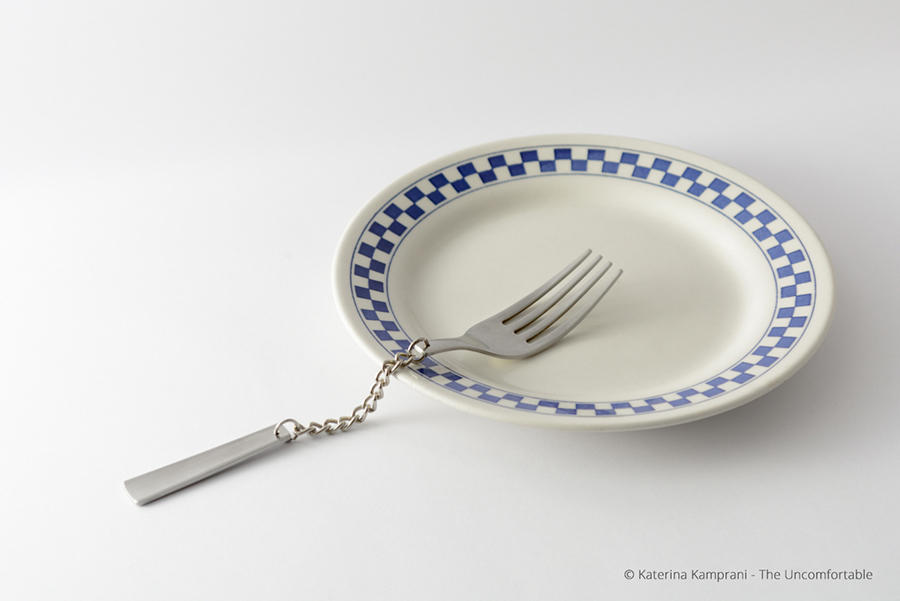
Concept Design by Katerina Kamprani
Just as good design can have a positive impact on your business, bad design can have a negative impact.
It’s important to make sure that your brand is visible wherever your consumers are. With ready access to the internet always at our fingertips, it’s expected that most reputable businesses will have an online presence. Oftentimes that may be the first interaction someone will have with a brand.
Visual aesthetic alone is a huge factor in making a good first impression and building good brand perception. A study showed that 46.1% of online users evaluated the credibility of a business solely on the visual design of a website. That means there are a lot of people who think bad design equals a bad business.
“If you think good design is expensive, you should look at the cost of bad design.” — Dr. Ralf Speth, CEO of Jaguar
Even if your web-design is aesthetically appealing, if it isn’t functional or easy to navigate your business won’t be successful. According to a study by Akamai Technologies, Inc. 50% of users who have a bad user experience will go to another website to make a purchase and 35% of users said they developed a negative perception about the business. If it’s too hard to navigate your site or pages don’t load properly, users will move on to buy elsewhere and will leave with a negative impression of your brand.
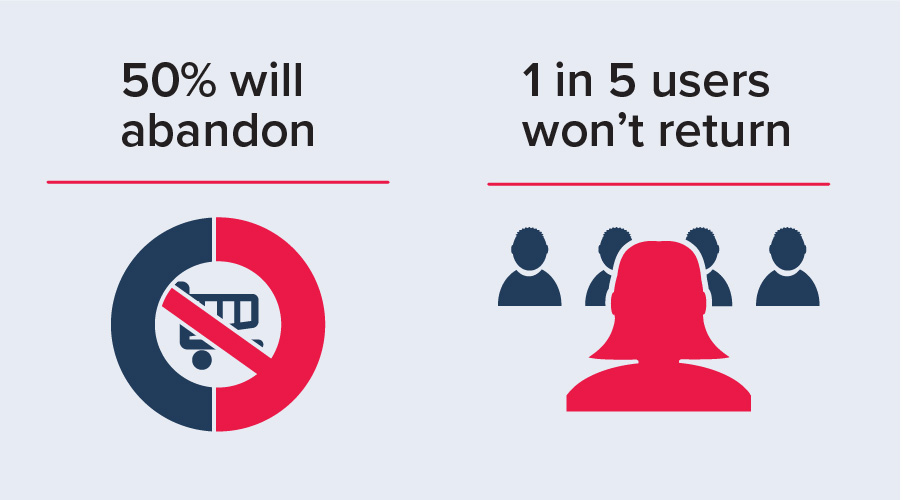
Source: Akamai Technologies - 2014 Consumer Web Performance Expectations Survey
In this case, poor design directly translates into lost revenue for your business.
Conclusion
Good design is an integral and fundamental part of a successful business, from product design, leadership, user experience and more. The way a product or service looks, functions, and impacts our environment all play a part in how we perceive its use and value. Make sure to apply these 10 principles to increase the chances of creating better products and experience in the future.
Good design may seem like it will take more time and effort at the beginning, but it will save you the hassle (and cost!) of trying to fix a bad design after it has already had a negative affect on your business.